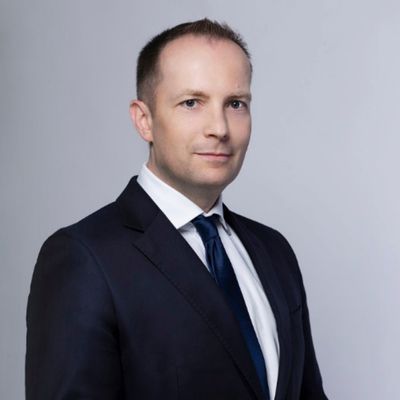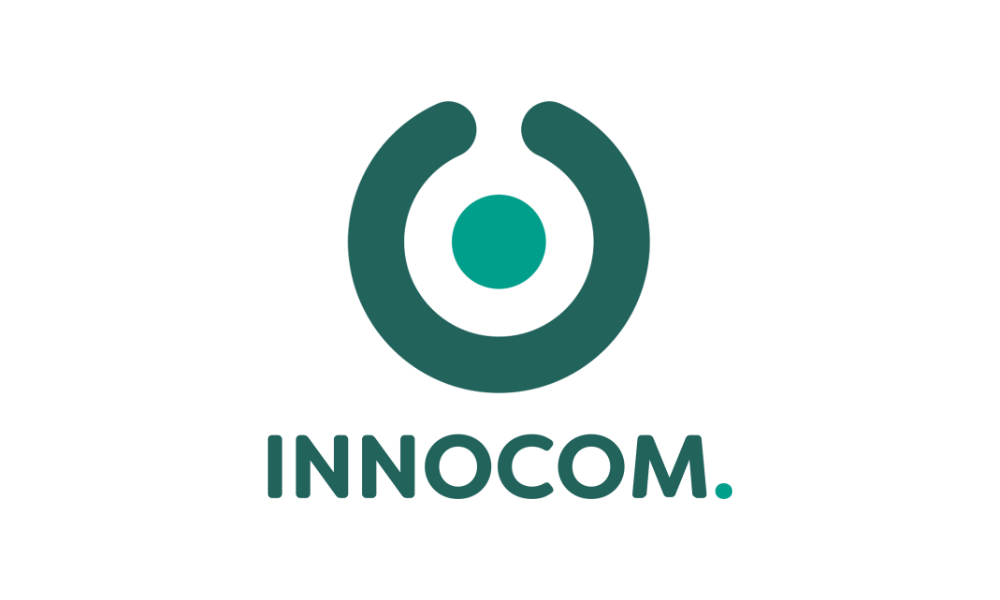.png)
About
“70% of digital leaders state that a skills shortage prevents them from keeping up with the pace of change” . Enterprise and Technical Architecture have become among the most in-demand skillsets in technology, as to specialist researchers such as Nash Squared*. It is a major challenge, as it requires a unique set of skills and experience that are not common among IT professionals, and because of the current fierce competition for this type of profile on the market.
Moreover, together with the shift to more agile organisational models, the role of the Business and IT Architect keeps evolving on a hard and soft level and becomes even more vital to create sustainable business agility. As system thinkers they grasp the complexity of an organisation by using the right models and expertise and create the compass to guide decision makers in the transformation. Today, they need to be genuine change agents and catalysts who can be the driving force of the digital transformation of the organisation. A successful architect is very broadly active in the organisation (as a generalist) and typically also someone who wants to keep learning and growing. Keeping these people on board is a matter of fully activating the intrinsic motivation (mastery, purpose, autonomy).
To address this challenge, some companies reach out to external staffing. This often turns out not to be a sustainable solution, with high attrition rates among experts who do not have the necessary engagement .
What is then the solution?
Companies should prioritise investing in developing their own people to retain and create happy (engaged) employees fitting into their culture. This means designing a fit-for-purpose growth programme for both the individuals and the teams.
(*) Nash Squared Digital Leadership Report 2022
How do I define the right skill set for the architect (as change agent) in my organisation?
How can I determine which qualifications are most relevant to the role of EA and which candidates have the right level of expertise?
How can I balance the mission of an EA/transformation manager with the short and the long term needs of my company?
How can I assure a good cultural fit between the EA/Transformation Manager and the teams?
Testimonial by a Top CIO
We invite you to sit together with an exclusive selection of CIOs, Head of Business and IT Architects and HR directors to deep dive into this burning issue.
We are pleased to announce that a top CIO, like Michal Paprocki, of Euroclear, has accepted to testify on how at Euroclear they assure key staffing their transformation programmes.
The approach at Euroclear was adapted to the context and with the aim of strengthening the intrinsic motivation of all individuals and triggering a culture shift
a. Workshops to make pain -and improvement points discussable.
b. Training on best practices to address the pain -and improvement points.
c. Coaching and mentoring by skilled enterprise architects to bring individual not just to learning but to action. This can trigger extra personal growth, taking the first steps in a culture shift by activating self-direction.



